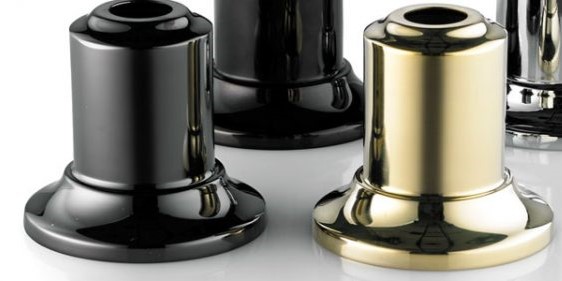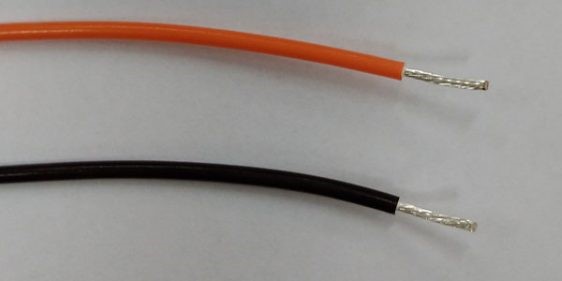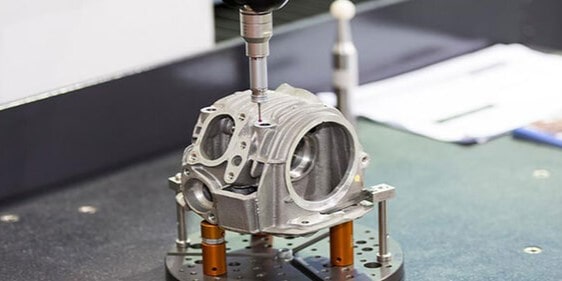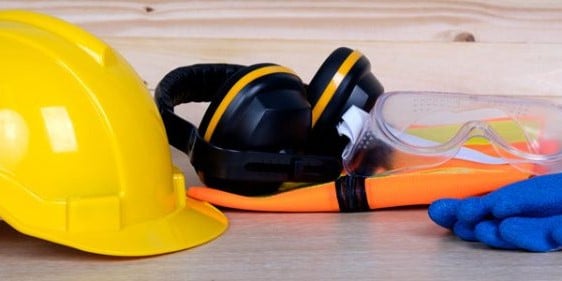See how we produce items for interior design by hot forging and PVD coating.
As you can see, this item was manufactured using 4 methods: hot forging, stamping, CNC machining, and PVD coating.
Hot forging
Hot forging is a specialized manufacturing process that involves shaping and forming metal components at high temperatures.
It is an old technique that has evolved with modern technology to create strong, durable, and precisely engineered parts used in a wide range of industries.
By heating the metal to a malleable state and then subjecting it to controlled pressure and shaping, hot forging allows for the production of complex, high-strength components. Components that are used in applications ranging from automotive and aerospace to construction and industrial machinery.
Stamping
Metal stamping is a versatile and widely employed manufacturing process that plays a fundamental role in producing metal components used in various industries.
The process involves specialised machinery and dies to transform flat sheets or coils of metal into the desired shapes and sizes. By subjecting the metal to precise pressure and forming operations, metal stamping creates products from simple brackets and connectors to automotive parts and electronic components.
This cost-effective and efficient method offers benefits such as high production rates, consistency in part quality, and the ability to work with a diverse range of metals, making it a popular process in modern manufacturing.
CNC machining
CNC stands for Computer Numerical Control. This technology involves the use of computer programs to control machinery and tools with accuracy and repeatability.
CNC machines, such as mills, lathes, and routers, enable manufacturers to produce a wide range of metal parts, from simple screws to complex aerospace components.
The process begins with a digital design or CAD (Computer-Aided Design) file, which is translated into a series of precise instructions for the CNC machine. These instructions dictate tool paths, cutting speeds, and other parameters, ensuring that each metal component is manufactured to exact specifications.
PVD coating
Physical Vapor Deposition (PVD) coating is a surface treatment technology that has revolutionised the properties and quality of a wide range of products.
During the PVD process, solid materials are vaporised in a vacuum chamber. These vaporised particles then condense and adhere to the surface of the item, creating a thin coating.
This coating method is used to enhance the surface properties of materials, giving them improved wear resistance, corrosion protection, aesthetic appeal, and other desirable characteristics.




